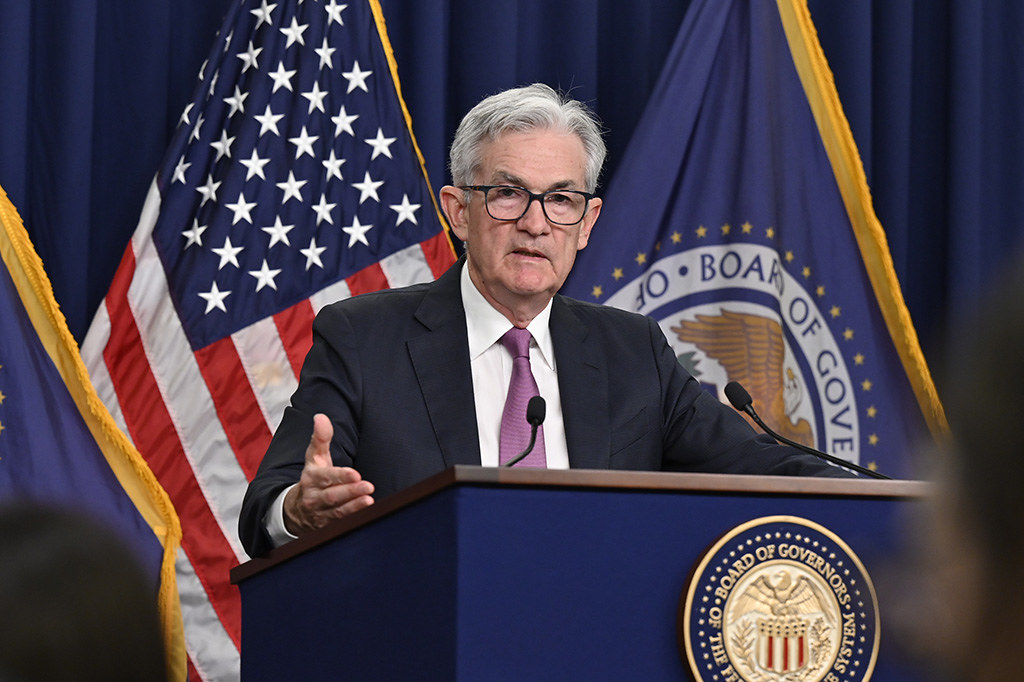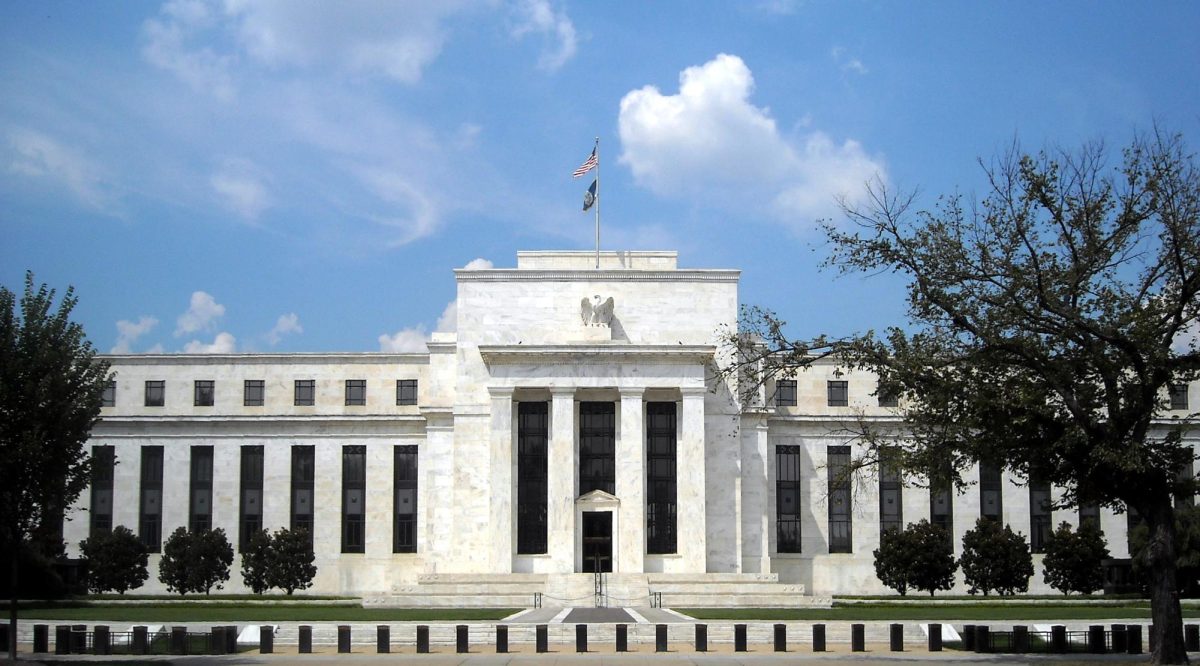The Federal Reserve chose to maintain its current target interest rate range between 5.25% and 5.5% on Jan. 31.
Fortunately, inflation declined and the economy became more robust in recent weeks allowing the Fed to feel more confident regarding its hike pauses.
The decision does not satisfy the numerous expectations from investors for the first Fed meeting, who await news of potential rate cuts.
Following the decision, the Dow Jones declined by 0.8%. Concurrently, the S&P 500 registered a drop of 1.6% and the Nasdaq was down by 2.2%.
The Fed remains meticulously cautious with announcing rate cuts to achieve its goal of bringing inflation down to 2% and gathering sufficient evidence that inflation has stabilized enough to start an easing cycle.
Business owners and consumers, in particular, have been eagerly anticipating the announcement of rate cuts as higher interest rates can negatively affect corporate earnings by increasing borrowing costs.
Amid investor speculation, the Fed announced additional plans to allow up to $60 billion in treasury securities and $35 billion in agency mortgage-backed securities to mature and roll off its balance. This is an effort by the Fed to reduce demand for these securities and lower inflation.
The labor market jobs report released on Feb. 2 showed the nation added 353,000 nonfarm payroll jobs for January with unemployment holding at 3.7%. Both data points beat the Dow Jones estimates, showcasing a strong labor market and vibrant economic growth.
While the report showed the resilience of the U.S. economy, it also made many investors and experts question how quickly the Fed will cut rates. Furthermore, because of strong job gains combined with faster wage gains, the Fed is not expected to lower interest rates in its March meeting out of fear of a relapse to higher inflation.
Fed Chair Powell’s statement during the Federal Open Market Committee meeting on Jan. 31 confirmed the probability of steady rates through March.
“Based on the meeting today, I would tell you that I don’t think it’s likely that the committee will reach a level of confidence by the time of the March meeting to identify March as the time to do [lower rates],” Powell said. “But that’s to be seen.”
Although earnings growth was lackluster, investors remained optimistic about the economy’s prospects and the anticipated rate cuts that could result from its revival and the increasing likelihood of a soft landing. The Fed’s actions in the coming months will be crucial in shaping market sentiment.
In an interview on “60 minutes” on Feb. 4, Powell mentioned the central bank is headed toward an easing period this year where borrowing costs are likely to be lowered, news that many American consumers wanted to hear.
The Fed has fought a long battle with inflation — one that started from March 2022 and still persists — but Powell’s 2024 outlook signaled that the country’s economic pain may be relieved this year as the market returns to stability.









